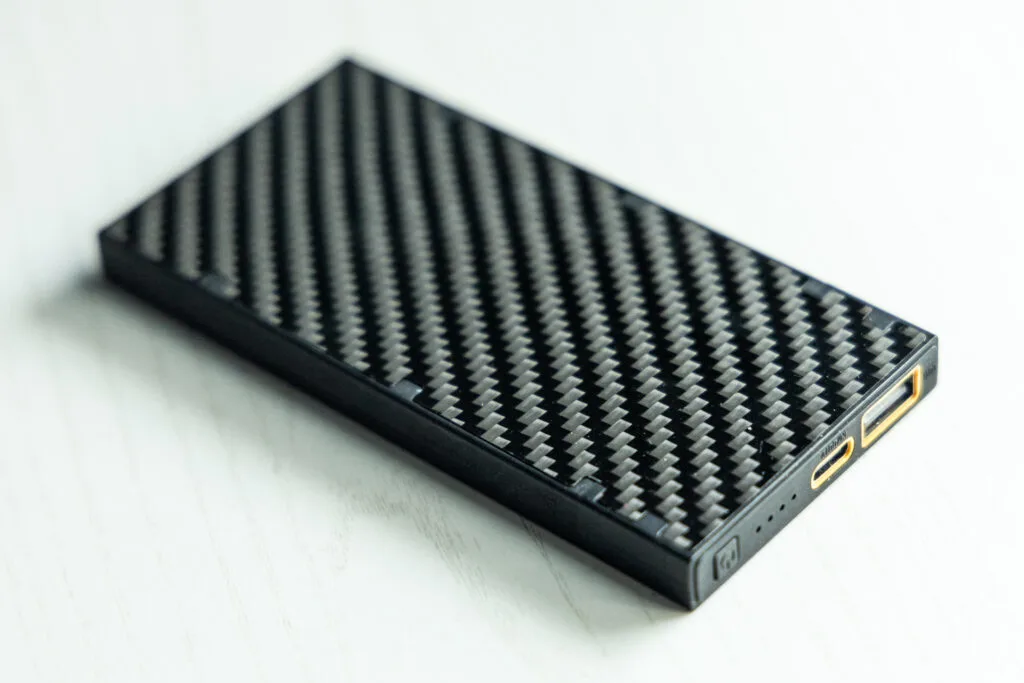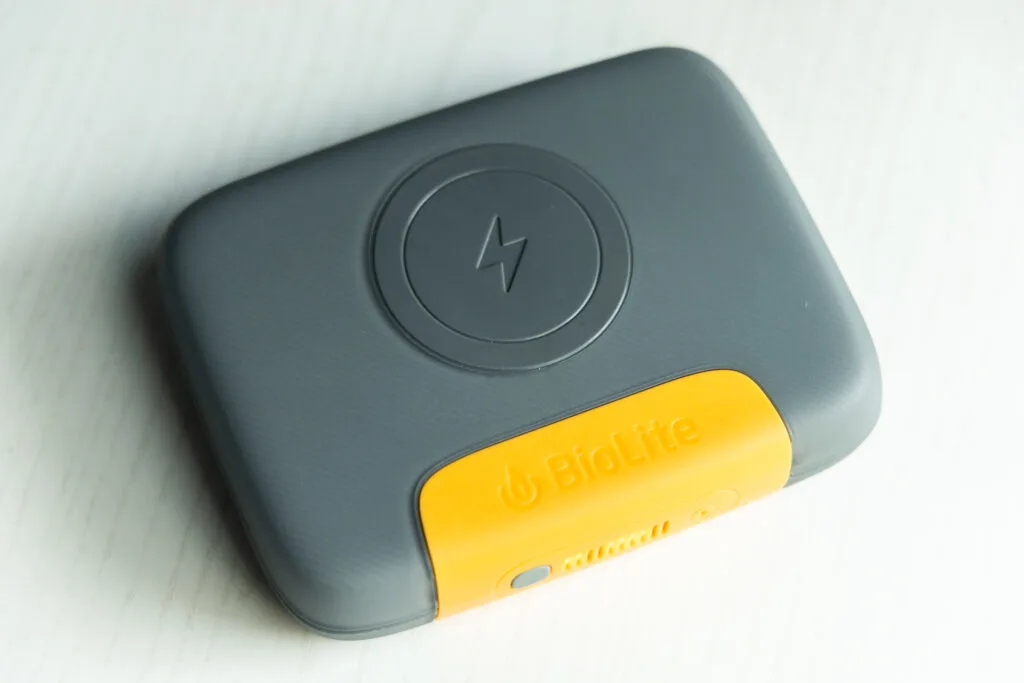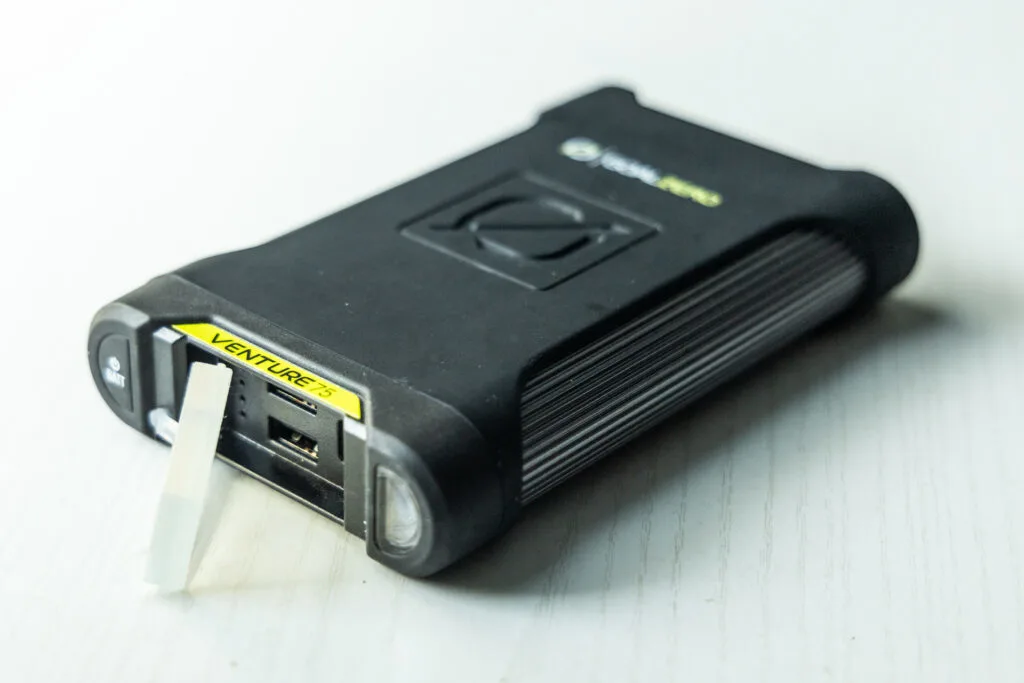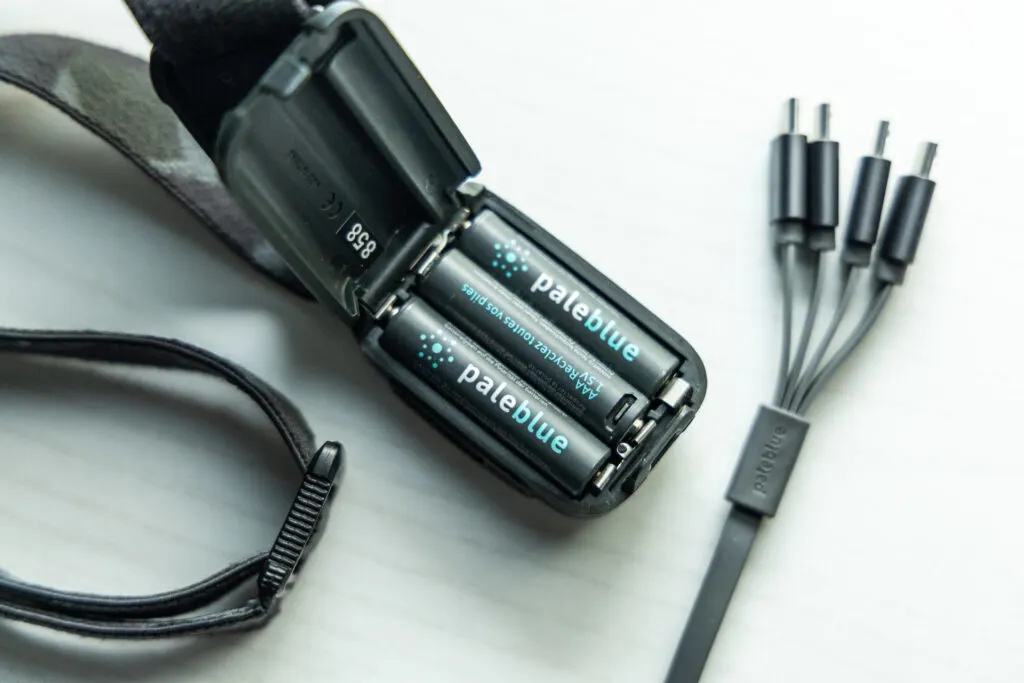REI Co-Op New Markdowns: Up to 50% off

Whether you’re traveling by air, heading into the wilderness for a backpacking trip, going on a nice long day hike, or heading camping for the weekend, there’s one piece of gear you should never be without: A portable power bank. Frankly, I rarely leave home to spend time in the outdoors without one (and I would never travel without one).
But not all portable power banks are created equal. In fact, for years we used ones that weren’t powerful enough to even charge our phones once, were too delicate to trust ourselves with in the outdoors where there’s dirt and water, or couldn’t be trusted not to crap out on us at the worst possible time. No más. Because these four portable power banks are durable, reliable, and designed specifically for outdoor adventure. Yup, even backpacking.
Looking for a way to charge your portable power bank on the go? Check out our favorite portable solar panels (though the ones on that list will take a while to charge these batteries)!
4 Portable Power Banks for Camping and Backpacking

BioLite Charge 100 Max
The newest portable charger on the market is the BioLite Charge 100 Max, and boy does it pack a punch. We dig this one for not only how many times it can charge an iPhone but because it also supports wireless charging, meaning you can charge up to five devices at once. It’s powerful (you can also use it to power a laptop), but hefty, making this battery better for adventures where you need plenty of juice, but aren’t as concerned about weight. Think car camping, picnics, or road trips.
It charges fast, taking only took a matter of minutes to get a 10% charge on my iPhone 14 Pro and maybe a bit over an hour to get to 100% when charging via wireless (and even less time when plugged into a USB-C port). There are three USB-C output ports (one of which is also an input) and one USB output, so there’s lots of flexibility when it comes to charging. The battery also lasts a tolerably long time, but disappointingly less when using wireless charging. We only charged our iPhones four times using the wireless charging before it ran out of juice (when using wireless charging there’s more energy lost to heat during power transfer). Wired charging got us closer to 6-7 charges. And we were only able to charge a MacBook Pro about 80% before running out of juice.
Weight: 20.45 oz
Power Output: 25,000mAh
Pros
- Charges fast
- MagSafe equipped for wireless charging
- Can charge 5 devices at once
- Multiple input and output points for charging 5 items at once
Cons
- Heavy
- Most expensive on this list
- Wireless charging is inefficient

Nitecore NB10000
This is our absolute favorite power bank for backpacking because it’s the lightest battery on the market in this power range, meaning it can power up all your devices without weighing you down. And it IS light, just 5.29 oz, partially because the case is crafted with carbon fiber. It’s also nice and compact and super slim but packs a punch: it can charge an iPhone 14 Pro about 3 times before it needs recharged. We also appreciate that it has both USB and USB-C outputs (only the USB-C is also an input) so you have some flexibility with what cables to pack.
A tip for thru-hikers looking for a UL power bank: you’re gonna want to slap a sticker or two on there to help identify which one is yours because at trail towns, there will be about 20 of them all plugged into the same power strip.
Weight: 5.29 oz
Power Output: 10,000 mAh
Pros
- Ultralight battery pack
- Ultra slim profile
- Charges a phone 3x
- USB and USB-C output options
Cons
- Not the most powerful on this list

Goal Zero Venture 75
If you’re looking for a rugged, durable portable power bank that can withstand the elements, this is the one. It has an IP67 dustproof/waterproof rating, which means it’ll be fine if you leave it out in the rain for a bit (as long as the cover is sealed over the ports), drop it in a puddle, or get caught in a sandstorm. It’s designed to withstand plenty, plus be a reliable source of power.
It features one USB-C power outlet and two USB-A output ports for charging flexibility, plus is straightforward and easy to use. We dig it because we know even if we take it beach camping or it ends up on the floor of our car after a muddy hike, it’ll be just fine.
Weight: 20.35 oz
Power Output: 19,200 mAh
Pros
- Integrated flashlight
- IP67 dustproof and waterproof
- Multiple charging ports
- Powerful
Cons
- Heavy

Pale Blue Earth Rechargeable AAA or AA Batteries
If you need to power a headlamp that takes AAA batteries or a lantern that takes AA batteries, grab yourself some rechargeables from Pale Blue (they also offer C, D, and 9V). We love them because there’s a charging port directly on each battery, which means you don’t ALSO have to pack a clunky battery charger–just plug each battery into your power source using the compact 4-pronged USB-C cable and go!
We love bringing these when we travel and you’ll find them in all of our headlamps that require AAA batteries. They’re super handy to have and take up very little space–even the charging cable is small–which makes them just as nice for backpacking.
Weight: 0.7 oz per AA, 0.27 oz per AAA
Power Output: 1700 mAh
Pros
- Small
- Rechargeable
- No dedicated wall charger required
Cons
- Only for items that take external batteries
Bottom Line
These portable power banks and rechargeable batteries are perfect for all things outdoors, including hiking, backpacking, travel, road trips, you name it. You can’t go wrong with any of them, so choose one (or multiples) that are most suitable for the type of adventure you prefer. Then keep that phone/headlamp/portable air pump charged and wander on!
Alisha is a freelance outdoor journalist and photographer based in Ogden, UT. She loves backpacking, hiking, mountain biking, kayaking and snowboarding (even though she’s terrible at it). She’s also pretty sure she’s addicted to coffee. alishamcdarris.com
